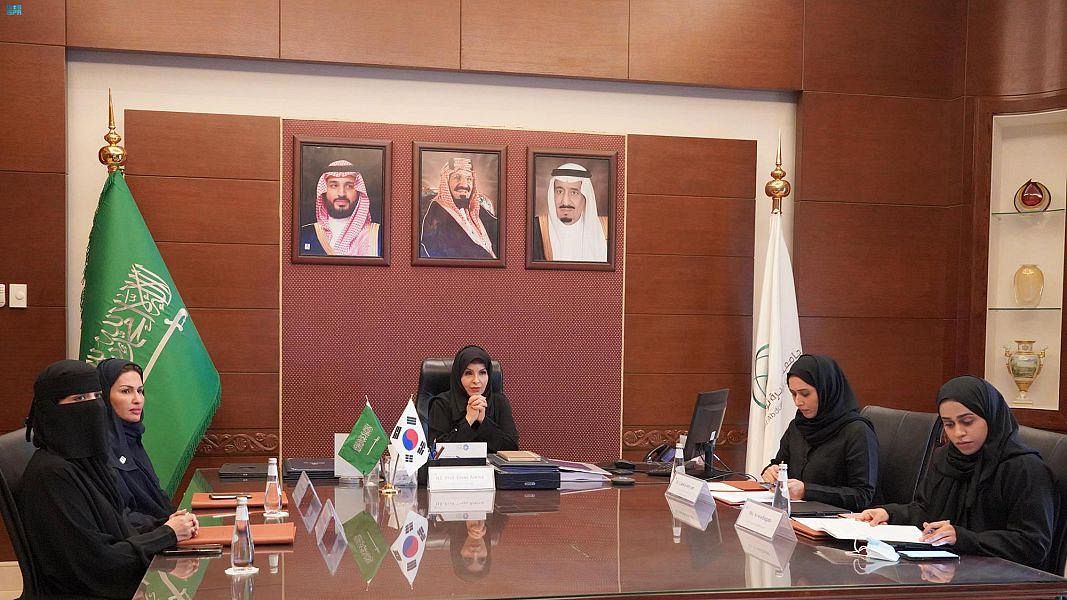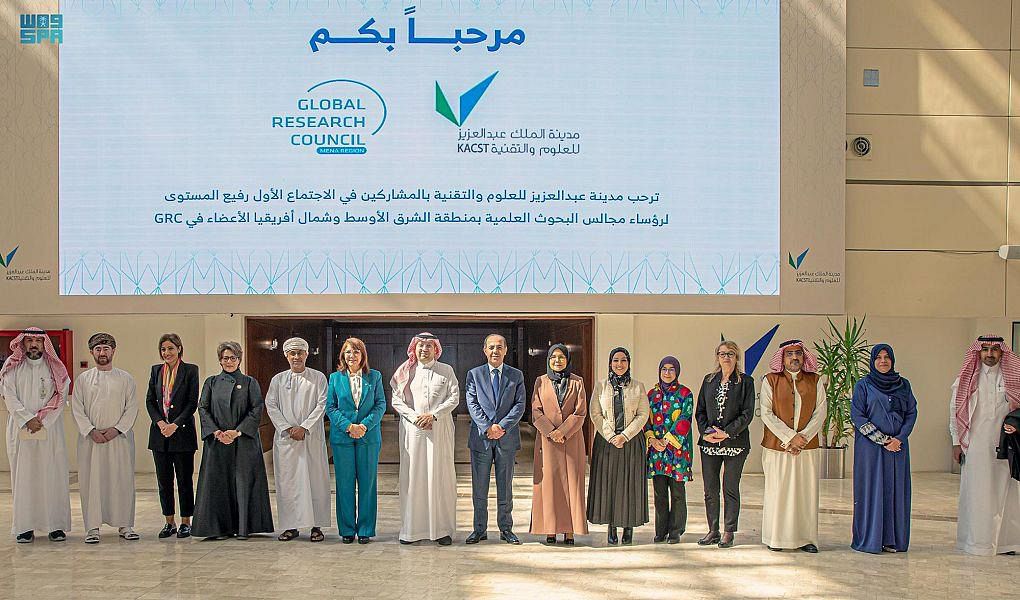
Germany and France will jointly spend €2.1m (£1.8m) to further research the provenance of African heritage objects in their national museums’ collections, which could prepare the ground for their eventual return.
A three-year fund, with contributions of €360,000 a year by each country, was launched in Berlin on Friday. It has been designated to fund research on objects from anywhere in sub-Saharan Africa, though priority is expected to be given to countries that were colonised by France and Germany, such as Togo and Cameroon.
“This is an experimental fund,” said Dr Julie Sissia, a researcher at the Centre Marc Bloch, a Franco-German research centre in Berlin that will administer the funds.
“We are launching it with the widest possible criteria, so that both small and biggest projects can apply.” The only requirement was that the projects were led by mixed French and German teams from the world of academia and museums, she said.
A Europe-wide debate about the return of African heritage objects was set in motion when the French president, Emmanuel Macron, announced in 2017 that he would “do everything possible” to return some of Africa’s cultural heritage looted by colonial France.
In 2021, France returned 26 artefacts to Benin, but in recent years its efforts have stalled. A law on restitution of cultural property looted abroad, supposed to pass through parliament at the end of 2023, was stymied by the opposition.
In Germany the restitution project has gathered more momentum since. In November 2022, a German foundation funded the launch of the first comprehensive database of artefacts collectively known as the Benin bronzes, and a year later Germany’s foreign minister physically returned 21 bronzes to Nigeria.
Those bronzes were originally looted by British forces. By contrast, the handling of objects once taken from Germany’s own colonies poses a considerably greater challenge, in administrative as well as diplomatic terms.
First colonised by imperial Germany in the late 19th century, Cameroon was invaded and divided into administrative zones by Britain and France after the outbreak of the first world war. Most cultural objects of Cameroonian heritage held in European museums were taken during German colonial rule.
A project to map Cameroonian heritage objects held by German museums, published last June under the title The Atlas of Absences, identified more than 40,000 objects, of which 8,871 alone are stored at the Linden Museum in Stuttgart.
Prominent objects of Cameroonian heritage include the Mandu Yenu, a colourful throne lavishly adorned with pearls and shells, which was supposedly given to the German emperor Wilhelm II by King Njoya of the kingdom of Bamum in 1908 and is on display at the Humboldt Forum in Berlin.
Some objects looted by German forces ended up being sold to collections in France, such as the so-called Bangwa Queen, a wooden sculpture from Cameroon’s Grassfields region that was photographed by the American artist Man Ray in 1934 and was on display at the now-closed Musée Dapper in Paris until 2017.
“The start of the programme shows that cooperations – across borders, and between science and culture – make important projects like this one possible and are much needed in challenging times like these,” Germany’s federal commissioner for culture and media, Claudia Roth, said on the launch of the Franco-German project.










